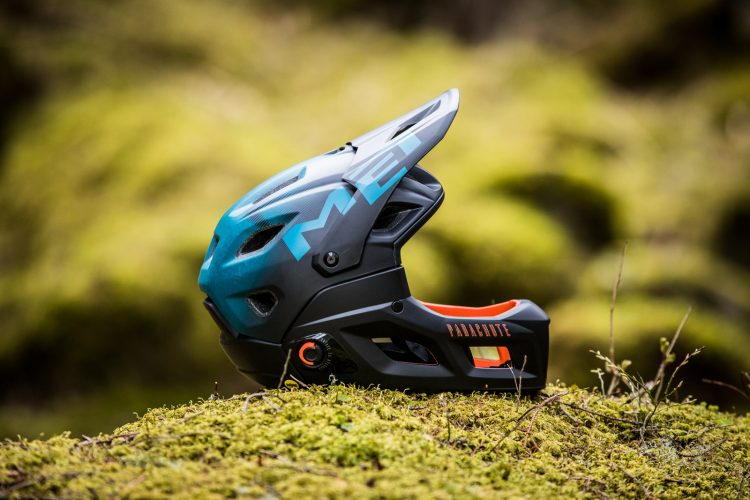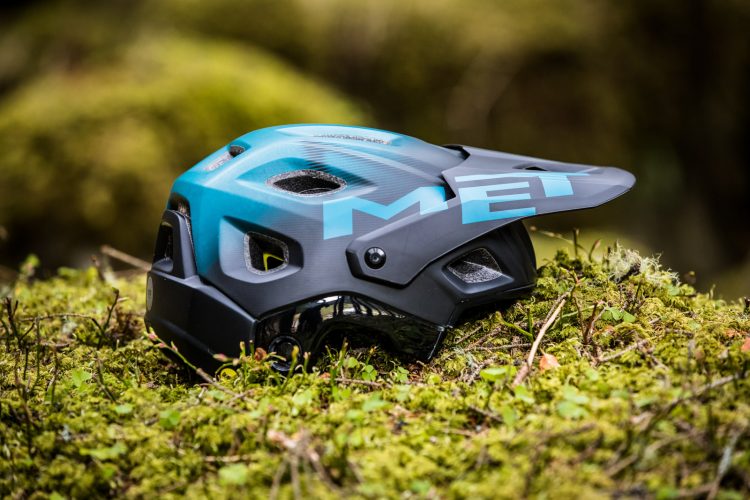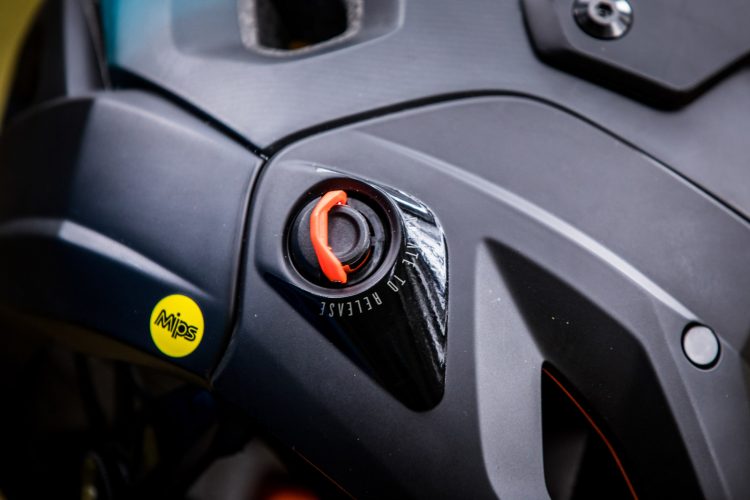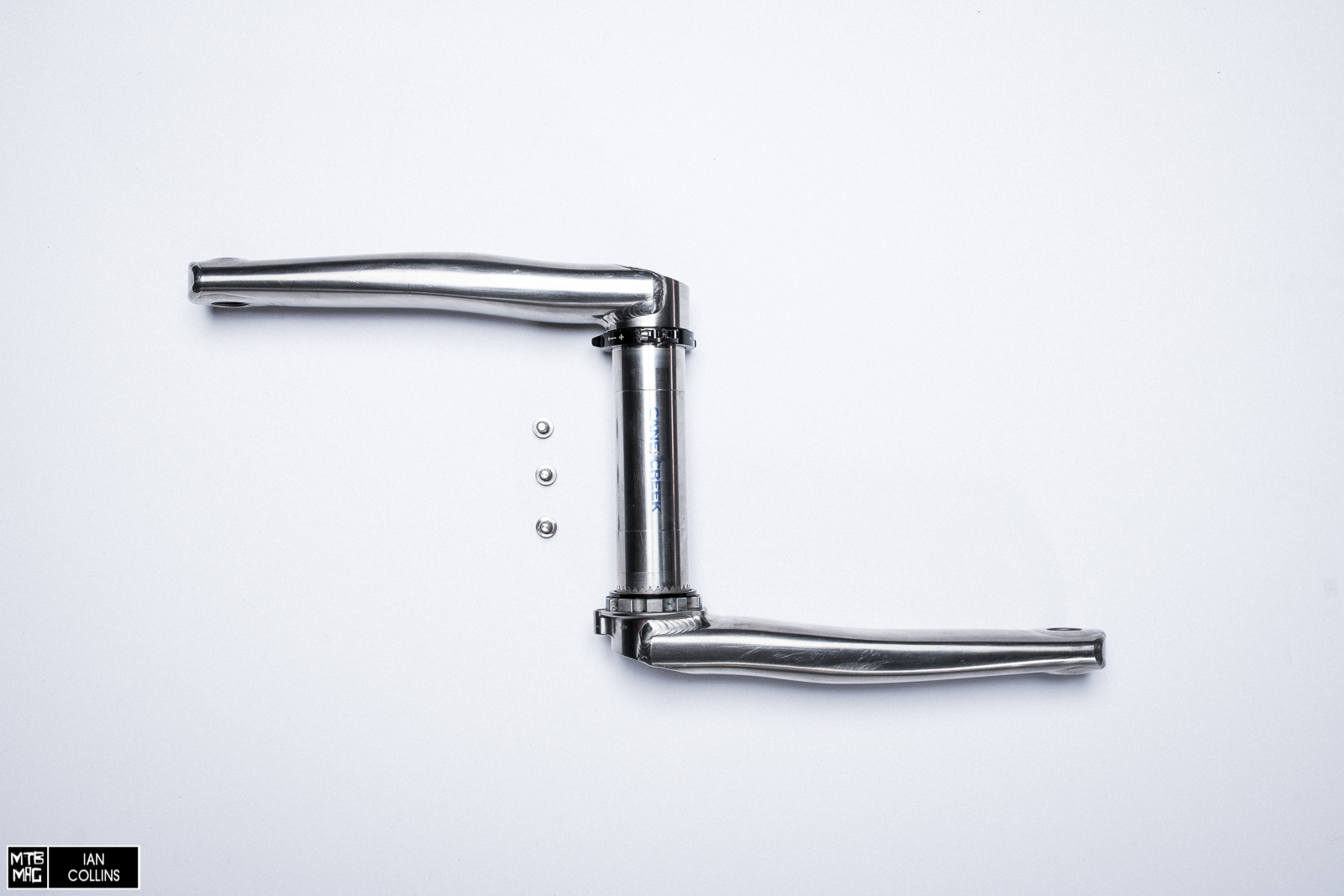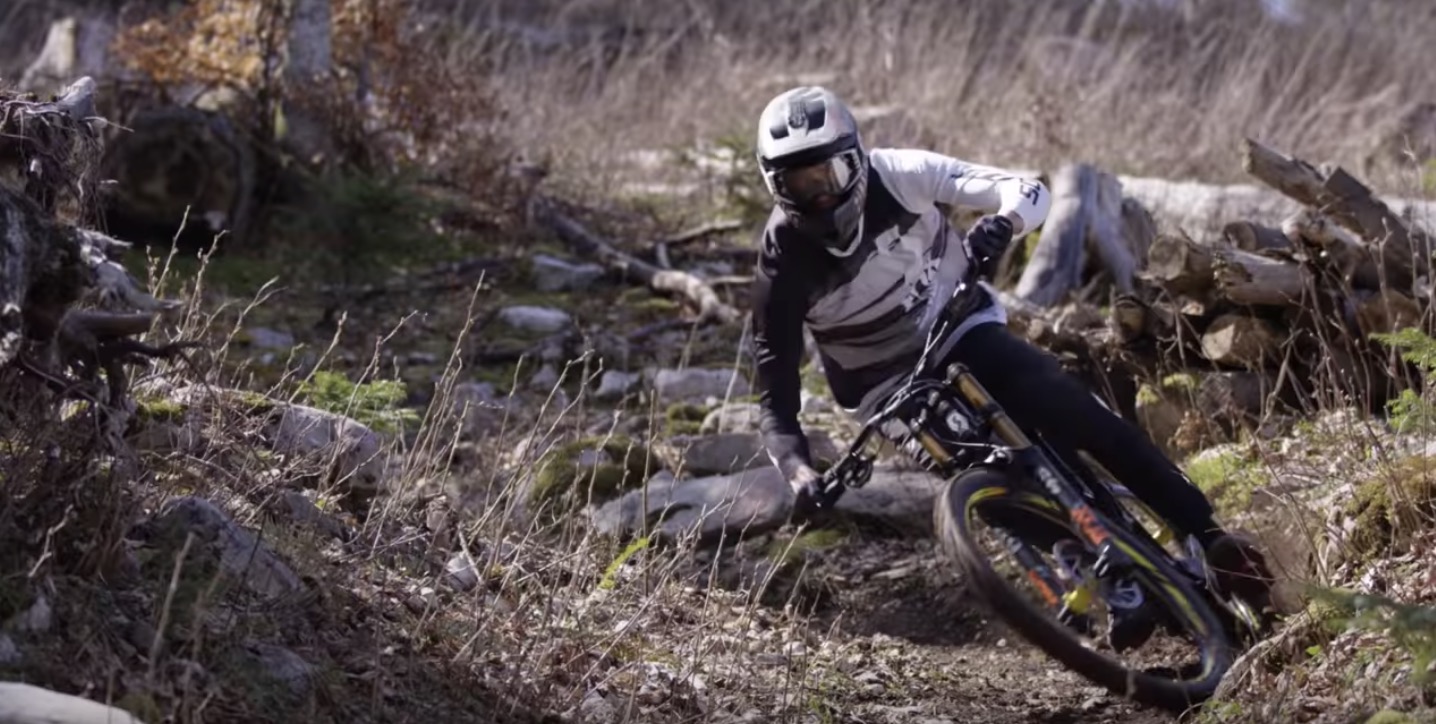MET, a pioneer of helmets with removable chin guards just released the new Parachute MCR, which rewrites the design rules of this category and does so while maintaining extremely high safety standards. Here we have a look at it in greater detail after our first ride wearing it…
Patented MCR system
This patent-pending system created in collaboration with FidLock® allows you to instantly convert the helmet from open face to full face. With a little practice you can perform the transformation without having to remove the helmet.
Visor
The flexible visor helps to manage extra rotation forces transferred to the neck in the event of a crash. It has 2 adjustable positions that allow you to house goggles or glasses while you’re not using them.
Padding
In the box, each helmet has two different sizes/thicknesses of padding for the chin guard that help you find the best fit – they are also removable and washable. I immediately felt comfortable with the preinstalled stock pads. They tightened a little but after a few days of use, like all the padding, they softened slightly and now they fit me perfectly.
Boa Fit System
The BOA-FS1® system offers an extremely precise and adjustable closure. The retention system encompasses 360° around the circumference of the helmet to avoid pressure points and to optimize comfort. We all know how difficult it can be to get the right feeling with the fit of a helmet, but with this system they have certainly reduced this problem. During the test there were no riders who the helmet had bothered in terms for fit and comfort.
Magnetic Fidlock
Quick, comfortable, easy. It is not an absolute novelty but it is always welcome on the helmets we use.
MIPS
The MIPS-C2 solution separates the shell of the inner lining with a thin layer of low-friction plastic fixed with 4 rubber elastomers, allowing the helmet to slide over the head in the event of an impact, redirecting a harmful rotational movement. By now we are all familiar, but the interesting thing is that this system works with impacts received from any direction.
ASTM certification
Shell and chin guard are ASTM F1952-15 / F2032-15 certified and guarantee top level safety both in open face and full face modes.
Ventilation
The MET helmets are known for their ventilation, and here too the new Parachute does not disappoint. Including those on the chin guard, there are 21 holes that guarantee exceptional air circulation both at low and at high speeds.
(yes, what you see in the picture are snowflakes, surely using a helmet at temperatures close to 0 makes you perceive perfect flow and ventilation)
Colors, sizes and prices
The MET Parachute MCR is available in 6 colors and 3 sizes (each of which has 2 different pad sizes)
– S | 52/56 cm
– M | 56/58 cm
– L | 58/61 cm
– weight (size M): Full Face 840g | Open Face 455g
– certifications: EN 1078: 2012 + A1: 2012 | AS / NZS 2063: 2008 | US CPSC 1203 | ASTM 1952-15 / ASTM 2032-15
– price: 330 €
On the trail
During the press camp I had the opportunity to wear the Parachute MCR for 2 days on the tracks of Canazei, between rain and dry snow. I have never been a great fan of helmets with a removable chin guard, partly for aesthetics, but above all for practical factor (or lack thereof), but this helmet has changed my mind.
Let’s start with the helmet with chin guard removed, aesthetically it is fantastic, very reminiscent of the Roam model and once worn, also thanks to the BOA system, the fit is among the best I’ve ever tried. It can be used perfectly as a replacement for your open helmet. With the chin guard installed, the feeling is that of wearing a full-face helmet in all respects. I admit that after the presentation I was skeptical about being able to install the chin guard without having to remove the helmet, in fact I spent the first morning doing this with the helmet removed, but during lunch break I took the time to find the right feeling with its positioning before anchoring. After some attempts with a certain astonishment I understood the correct movement and the correct insertion position of the chin guard and voila, chin guard successfully installed without having to take off the helmet!
It may seem trivial, but from the point of view of practicality it is certainly a great advantage, while you ride the chin guard you can easily carry it by hooking / tucking it in many ways, for example on the hydration pack closures, on the fanny pack, on the handlebar or on the shoulder strap of the backpack, you name it, and once you get to the start of our trail, in 5 seconds you can install it! In this photo you can try to find out where I hooked it.
The ventilation of the helmet with the installed chin guard remains significant, with the temperatures of this mid-May I also opted to try not to remove it during the climb. I must say that it did not bother me either with fogging of the glasses or with limitation of breathing in the most demanding climbs.
Downhill the helmet behaves like a normal full face, conveying an excellent sense of security and is comfort. Unlike standard full-face helmets, with the MET Parachute it is possible to have an excellent perception of the sounds and noises of the surrounding environment – for me I am used to using only open face helmets. So, the feeling of wearing a full-face helmet without having that feeling of muffled sounds made me appreciate this helmet further.
Here a nice photo of the evolution of the MET Parachute model.


